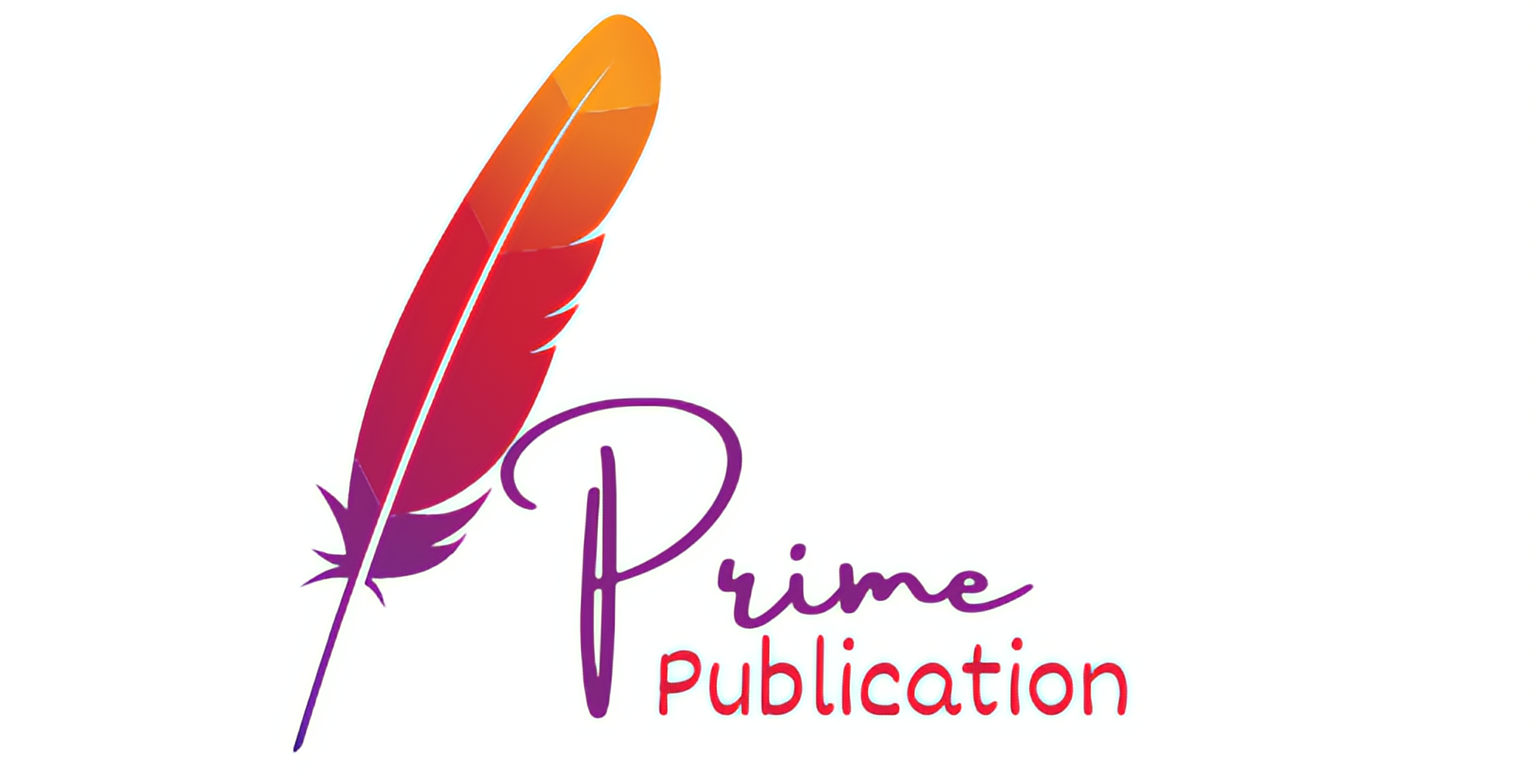
How to Write a Research Paper for Publication?
Writing a research paper can feel intimidating at first, but once you understand the structure and process, it becomes much more manageable. Here’s a clear, step-by-step guide to help you write a strong research paper:
Choose a Specific Topic
- Pick something interesting and specific.
- Make sure there’s enough available research on it.
- Try to form a research question or thesis statement early.
Example: Instead of “climate change,” go for “The impact of climate change on coral reef ecosystems in the Pacific Ocean.”
Do Background Research
- Use academic databases (Google Scholar, JSTOR, etc.).
- Take notes and keep track of your sources.
- Try to identify gaps in the existing research or conflicting perspectives.
Create a Strong Thesis Statement
- Your thesis is your paper’s main argument or purpose.
- It should be clear, concise, and debatable.
Example: “This paper argues that coral bleaching due to climate change is primarily caused by rising ocean temperatures rather than pollution.”
Outline Your Paper
Create a rough structure:
Write the Paper (Standard Structure)
Most research papers follow this format:
Title
- Concise and informative. It should reflect your main findings or focus.
Abstract
- 150–250 words summarizing the objectives, methods, results, and conclusion.
Keywords
- 4–6 relevant terms to help with indexing and searches.
Methodology
- Describe materials, tools, design, participants, procedures, etc.
Results
- Present data using tables, graphs, or stats (no interpretation yet).
Discussion
- Interpret findings
- Compare with previous studies
- Limitations and implications
Conclusion
- Summary of key findings
- Suggestions for future research
References
- Follow the style required by the journal (APA, MLA, NLM, Chicago, IEEE, etc.)
Write the First Draft
- Introduction: Hook + background + thesis.
- Body paragraphs: Each one should focus on a single idea with evidence.
- Use citations to support claims.
- Conclusion: Summarize and reflect on implications.
Revise and Edit
- Check for flow, logic, clarity.
- Eliminate jargon unless necessary.
- Have someone else proofread it.
- Use tools like Grammarly or Hemingway Editor for grammar/style.
Format and Cite Properly
- Include in-text citations and a full reference list.
- Double-check formatting guidelines: margins, font, spacing.
Tools That Help
- Zotero / Mendeley: For organizing sources and citations.
- Google Scholar: Quick source lookup.
- Grammarly: For grammar, Plagiarism and clarity.
- Notion / Obsidian: Organize notes and ideas
Choose the Right Journal
- Consider your topic, audience, and publication goals.
Review journal scope, impact factor, formatting guidelines, and acceptance rate.
